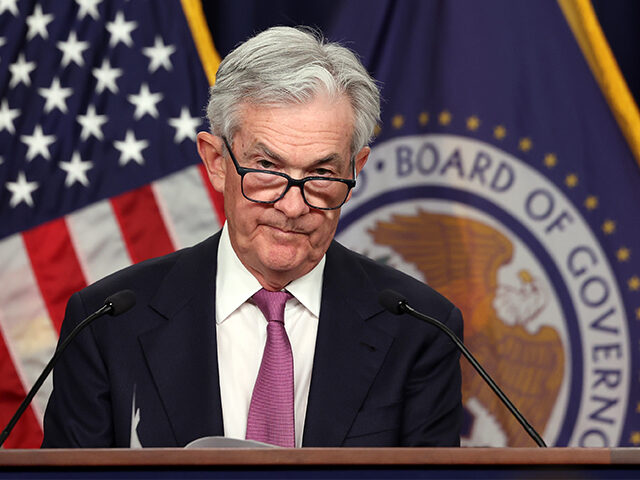The consumer price index rose 0.3 percent in April compared with the previous month. Compared with 12 months earlier, prices are up 3.4 percent, according to the Department of Labor.
Economists had forecast a 0.3 percent increase in the month-t0-month figure and a 3.4 percent rise over 12 months.
Last month, the Labor Department said the consumer price index rose 0.4 percent from the prior month and 3.5 percent compared with a year earlier.
Core inflation, which excludes food and energy, rose 0.3 percent for the month. Compared with a year ago, core inflation is up 3.6 percent, slightly less than the 3.8 percent reported in March.
The index of food was flat in April compared with the previous month and is up 2.2 percent compared with a year earlier. Grocery store prices decline 0.2 percent while restaurant prices rose 0.3 percent. Energy prices climbed 1.1 percent compared with the prior month, boosted by 2.8 percent increase in gasoline prices.
The prices of goods excluding energy fell 0.1 percent, the second consecutive monthly decline. New car prices dropped 0.4 percent and used car prices fell 1.4 percent. Car insurance prices rose 1.8 percent in April. Clothing prices rose a steep 1.2 percent.
Services prices rose 0.4 percent compared with March and are up 5.3 percent over the year ago level.
Inflation surged in the first few months of this year after declining last year from decades-long highs. When the consumer price index jumped higher in January, many analysts said it was likely a seasonal anomaly and forecast inflation would soon start falling again. Instead, inflation came in higher than expected in February and March as well. Over the first three months of the year, core inflation rose at a 4.6 percent annual rate. That is the highest three-month annualized inflation for any period between August 1991 and 2020, according to Harvard economist Jason Furman.
Consumer inflation hit its recent peak of 9.2 percent in June of 2022 and then retreated as the Federal Reserve raised interest rates at a record pace. The unsnarling of supply chains was a major disinflationary force in the prices of goods.
The Fed came into the year anticipating that it would cut rate its benchmark federal funds interest rate three times. But officials said that rate cuts would not start until the data gave them more confidence that inflation would return to their target of two percent. The worse-than-expected inflation reports in January, February, and March have caused officials and markets to pare back rate cut expectations, with markets moving to reflect expectations of just one or two cuts by the end of this year.

COMMENTS
Please let us know if you're having issues with commenting.